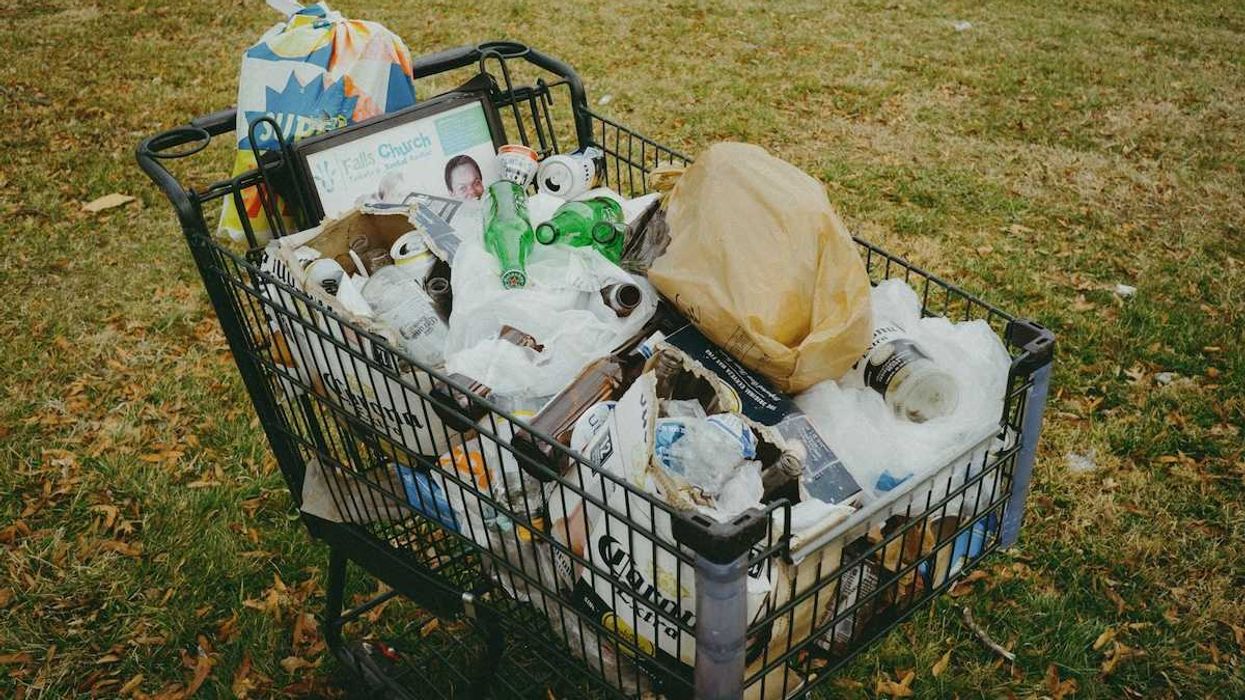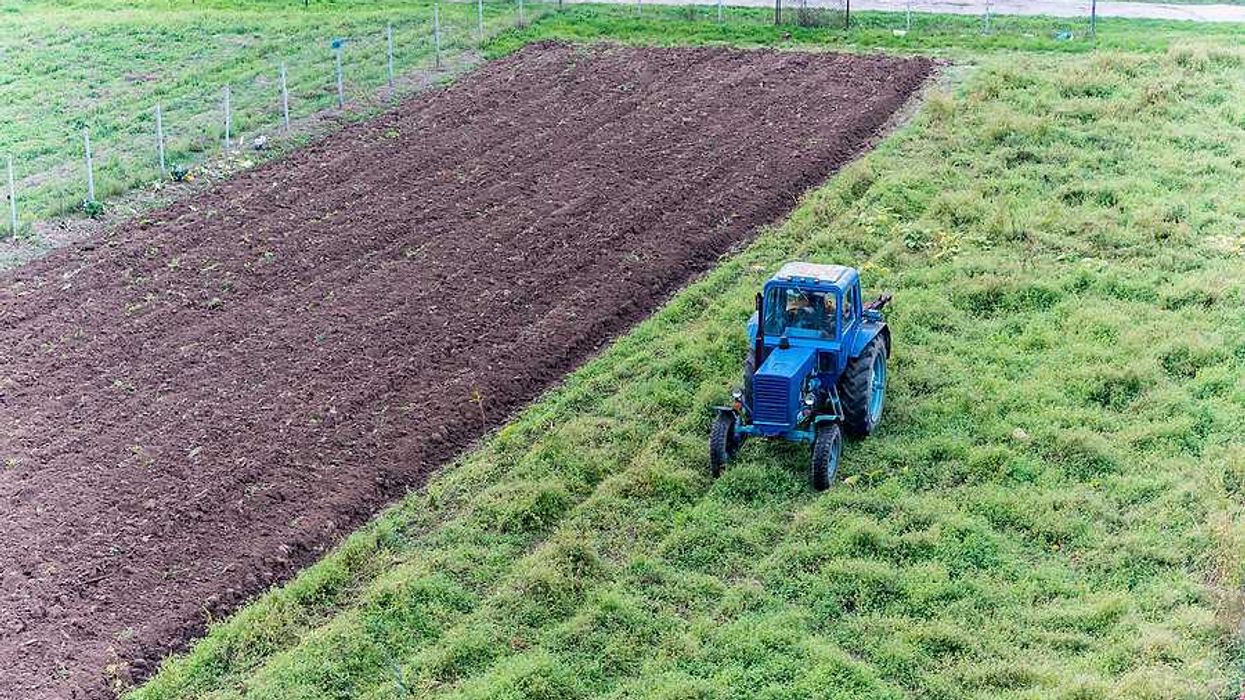A mining company’s plan to discharge wastewater into rivers near Grassy Narrows First Nation has raised alarm among residents and environmental experts who fear the move will deepen decades of mercury contamination.
John Ahni Schertow reports for IC.
In short:
- Kinross Gold is seeking two permits from Ontario’s Ministry of the Environment that would allow it to extract water and release treated mine wastewater into rivers flowing toward Grassy Narrows.
- The company's treatment plan does not address sulphate, a chemical that can intensify mercury toxicity in fish, a key food source and cultural touchstone for the Grassy Narrows community.
- Kinross was previously fined for thousands of water violations in Washington State, raising concerns about its ability to manage waste responsibly in Ontario.
Why this matters:
Grassy Narrows has endured over 50 years of mercury poisoning caused by industrial dumping upstream in the 1960s and 1970s. The effects still linger in fish, wildlife, and human health, especially among children and elders. Mercury poisoning can damage the brain and nervous system and is especially harmful during pregnancy and early childhood. Now, the threat of additional pollutants — like sulphate from mining runoff — could make things worse. Sulphate stimulates bacterial activity that converts mercury into its most toxic form, methylmercury, which accumulates in fish. For communities that depend on river ecosystems for food, culture, and survival, the stakes are high.
Learn more: The Grassy Narrows First Nation sues over decades of mercury contamination
















